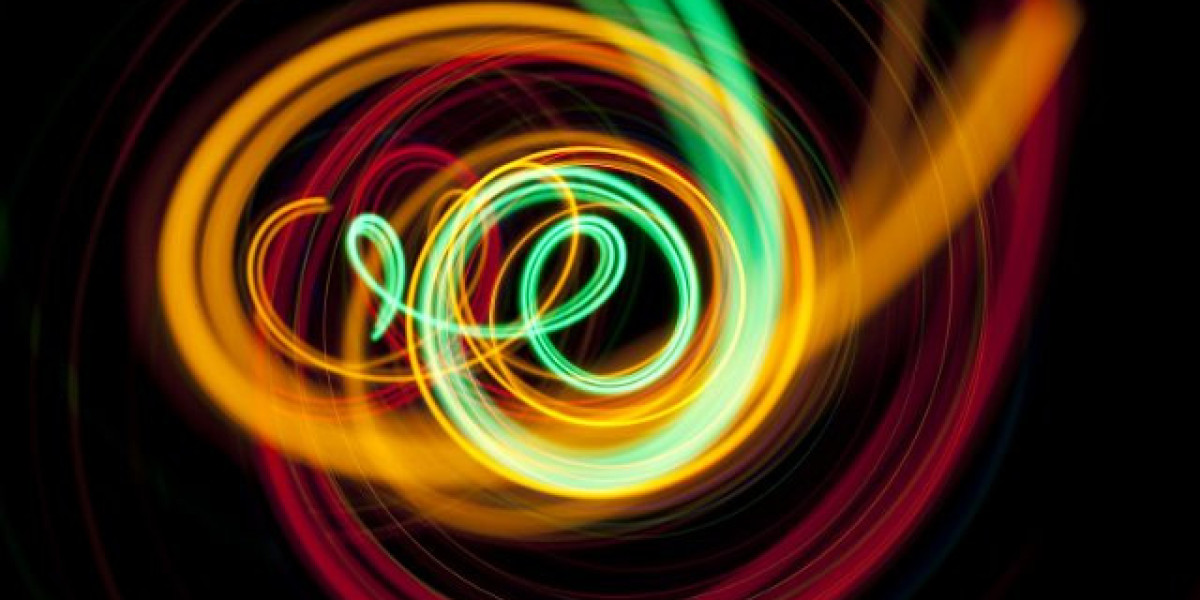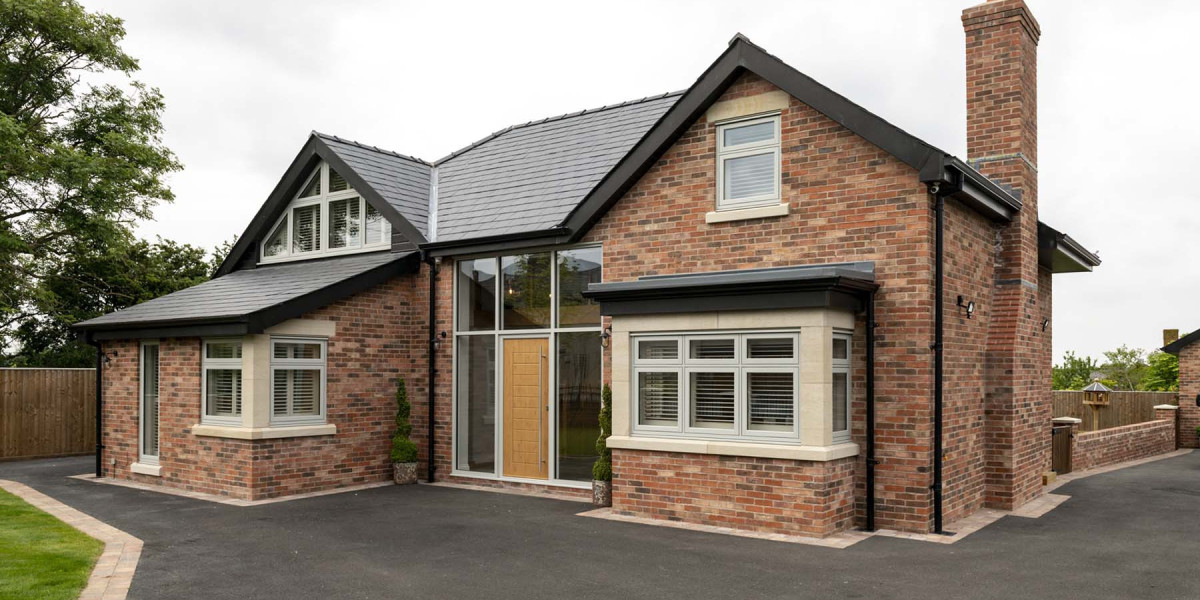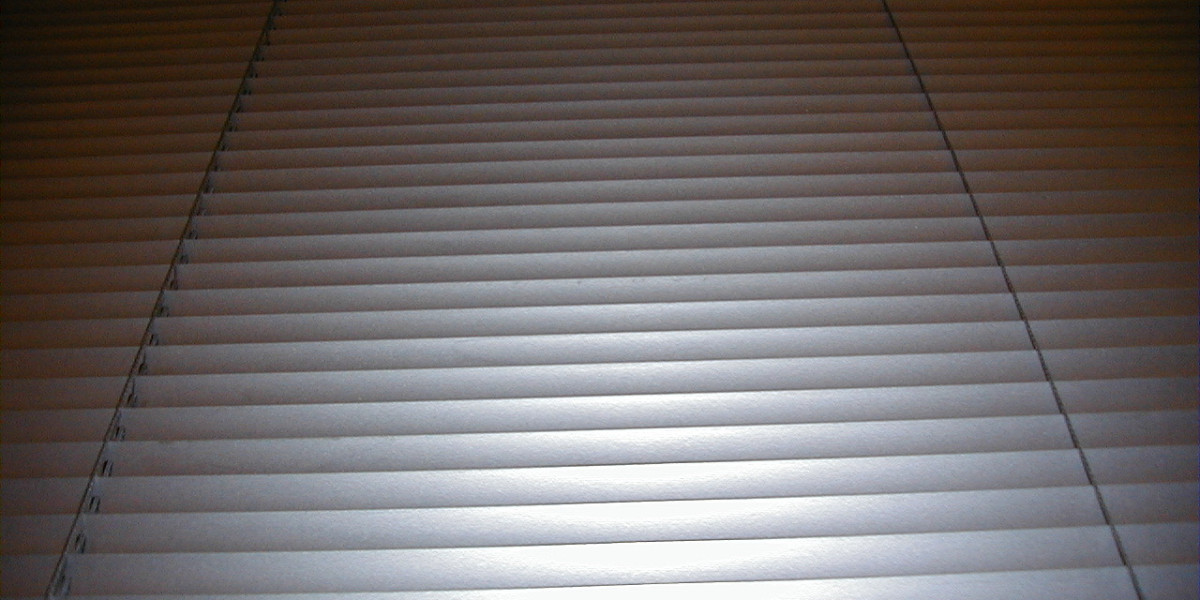Exploring the Anti-Inflammatory and Healing Potential of KPV Peptide
KPV is a tripeptide consisting of lysine, proline, and valine. This short sequence is derived from the larger protein known as kininogen. When isolated, KPV demonstrates a remarkable ability to modulate inflammatory responses without interfering with essential physiological processes such as blood clotting or immune defense. Studies in laboratory animals have shown that KPV can suppress the production of pro-inflammatory cytokines like tumor necrosis factor alpha and interleukin 6, both of which are elevated during muscle damage after heavy resistance training. Additionally, KPV promotes the expression of anti-oxidant enzymes, reducing oxidative stress that often accompanies strenuous workouts.
In a typical bodybuilding scenario, muscle fibers undergo microtears as they adapt to progressive overload. The subsequent inflammatory cascade is necessary for repair but can also lead to soreness and prolonged recovery if not properly regulated. By attenuating excessive inflammation, KPV helps maintain the delicate balance between catabolism and anabolism, ensuring that protein synthesis proceeds efficiently while minimizing downtime. Moreover, research indicates that KPV may enhance angiogenesis—the formation of new blood vessels—within injured tissues, thereby improving nutrient delivery and waste removal during the healing phase.
Introduction to KPV
KPV was first identified in the early 2000s as a fragment capable of interacting with specific receptors on immune cells. Unlike many other peptides used for performance enhancement that focus solely on anabolic pathways, KPV targets the inflammatory system directly. Its molecular structure allows it to bind to kinin B2 receptors, which are involved in mediating vascular permeability and pain perception. By occupying these sites, KPV effectively dampens the downstream signaling cascade responsible for inflammation.
One of the advantages of using a peptide like KPV is its short half-life, meaning that it can be administered relatively close to training sessions without long-term systemic effects. Oral bioavailability remains a challenge; therefore, many protocols rely on intramuscular or subcutaneous injections to ensure adequate plasma concentrations. The dosage typically ranges from 1 mg to 5 mg per injection, with frequency adjusted based on training intensity and individual recovery needs.
Anti-Inflammatory Properties
The anti-inflammatory action of KPV can be broken down into several key mechanisms:
- Cytokine Suppression – KPV reduces the release of interleukin-1 beta, tumor necrosis factor alpha, and interferon gamma from activated macrophages. This lowers the overall inflammatory milieu that would otherwise delay muscle repair.
- Reduction of Leukocyte Adhesion – By inhibiting adhesion molecules such as ICAM-1 on endothelial cells, KPV decreases leukocyte infiltration into damaged tissue, thereby preventing excessive inflammation while still allowing necessary immune surveillance.
- Antioxidant Enhancement – KPV upregulates the expression of superoxide dismutase and glutathione peroxidase within muscle fibers. These enzymes neutralize reactive oxygen species produced during high-intensity exercise, protecting cellular components from oxidative damage.
- Modulation of Pain Signaling – Through its interaction with kinin receptors, KPV dampens nociceptive pathways that contribute to delayed onset muscle soreness. This results in a more comfortable recovery period and can encourage adherence to training schedules.
- Promotion of Tissue Repair – By creating an environment conducive to cell proliferation, KPV supports satellite cell activation and differentiation. These cells are essential for rebuilding myofibrils after damage, ensuring that strength gains are retained over time.
By leveraging KPV’s anti-inflammatory properties, bodybuilders can potentially shorten the time between intense training bouts, maintain higher training volumes, and https://may22.ru ultimately achieve superior hypertrophic outcomes without compromising long-term joint or muscle health.








